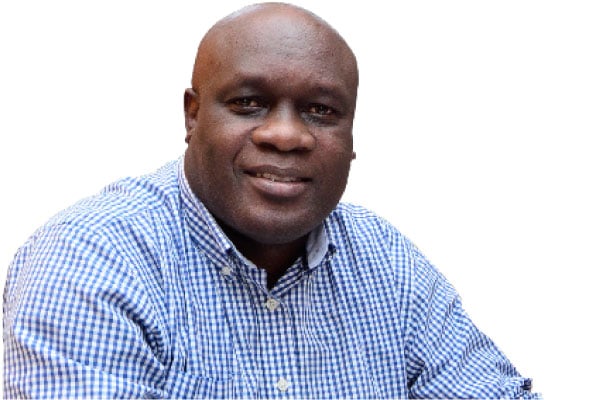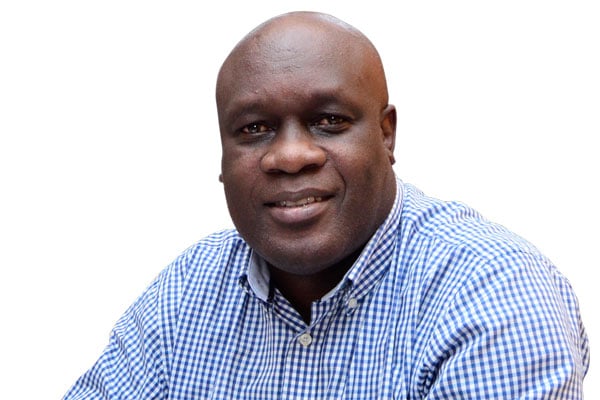Prime
Another suicide, another story, another lesson for journalists

Odoobo C. Bichachi
What you need to know:
Uganda Journalists Code of Ethics is quite shallow and should be up for revision and expansion
Two or so weeks ago, I wrote about the general coverage of suicides by journalists in Uganda with specific reference to a story published in Daily Monitor following the raising of a red flag by a reader, one Atujune Dragan (see “Does a mob have religion? Is suicide a crime or sin?” Daily Monitor, June 10).
Earlier in 2019, I had written a column on the same subject (see “How should journalists report cases of suicide?” Daily Monitor, November 20, 2019). Why then do I return to this subject today? It is because of another suicide story published on Wednesday (see P.3 Pupil hangs self for fear of punishment,” Daily Monitor June 22).
All stories referenced have been essentially reported the same way, thus prompting me to return to the subject.
In the first two columns, I gave a disclaimer acknowledging that this is an area media ethics and guidelines on reporting suicide are woefully lacking in Uganda, unlike in many countries where these are clearly defined and shared with every reporter and editor. I therefore gave reporters and journalists the benefit of doubt as many are essentially sailing in uncharted waters.
I also recognised that in Africa, and Uganda in particular, we tend to have a morbid curiosity for details of tragedy; especially if it is not about anyone close to us. This is perhaps what drives the graphic media coverage of otherwise very traumatic incidents such as suicide with journalists often painting graphic images, feeding speculation and sometimes mocking the deceased. The tabloid press is particularly notorious, many times even publishing photographs.
That said, let me re-echo one of the cardinal rules of covering suicide. It is to report with empathy and minimise pain of the bereaved family and those around them, respect of the victim, being sensitive to the contagion effect that excessive details may have on other people in similar state of mental distress and could potentially tip over, and treating suicide as a mental health rather than a crime story.
Without expressly mentioning suicide, the NMG Editorial Policy Guidelines have a clause on covering such incidents. It is, however, regularly flouted; understandably so because it is expansive rather than specific. It states:
“Intrusion into grief or shock: In cases involving personal grief or shock, enquiries should be carried out and approaches made with sympathy, empathy and discretion.”
The story published this week was very graphic; describing how the little girl aged only 9 years committed suicide, named her, named her mother, named her sister, named her village, named her school, quoted her sister, quoted her mother, etc!
Whereas all these are correct, some of them are absolutely unnecessary for the reasons the following guidelines were created to minimise harm without subduing information. The UK’s “Independent Press Standards Organisation” editors’ code of ethics, which is perhaps a mid-point between the Scandinavians’ extreme of “no coverage” and the African “morbid curiosity”, states thus:
“When reporting suicide, to prevent simulative acts care should be taken to avoid excessive detail of the method used, while taking into account the media’s right to report legal proceedings.”
Papyrus UK, a mental health support organisation recommends that reporters and editors endeavour to avoid the following:
-Splashing the story unless justified by the profile of the deceased.
-Bold and dramatic headlines to describe the incident.
-Details of suicide method used, especially explicit descriptions e.g. names of pills or chemicals taken, types of rope used.
-Naming and showing locations and means such as railway lines, bridges, tall buildings or cliffs.
-Speculating about the reason or ‘trigger’ for the suicide; there is never only one reason why a young person ends their life. Contributing factors are complex and can include individual risk, current life events and surrounding social situations.
-Making the deceased appear heroic or brave or that the suicide was a solution to a problem.
-Romanticising suicides, linking suicide to a particular ‘cult’.
-Using large photographs of the deceased, especially of pretty young women, which can also romanticise suicide and encourage viral social media distribution.
-Endorsing myths around suicide.
-Excessive, dramatic, sensational headlines and reporting.
-And finally, always include references to support services.
Uganda Journalists Code of Ethics is quite shallow and should be up for revision and expansion. This will help media practitioners navigate through new and old challenges of handling odd news.
Send your feedback/complaints to [email protected] or call/text on +256 776 500725



